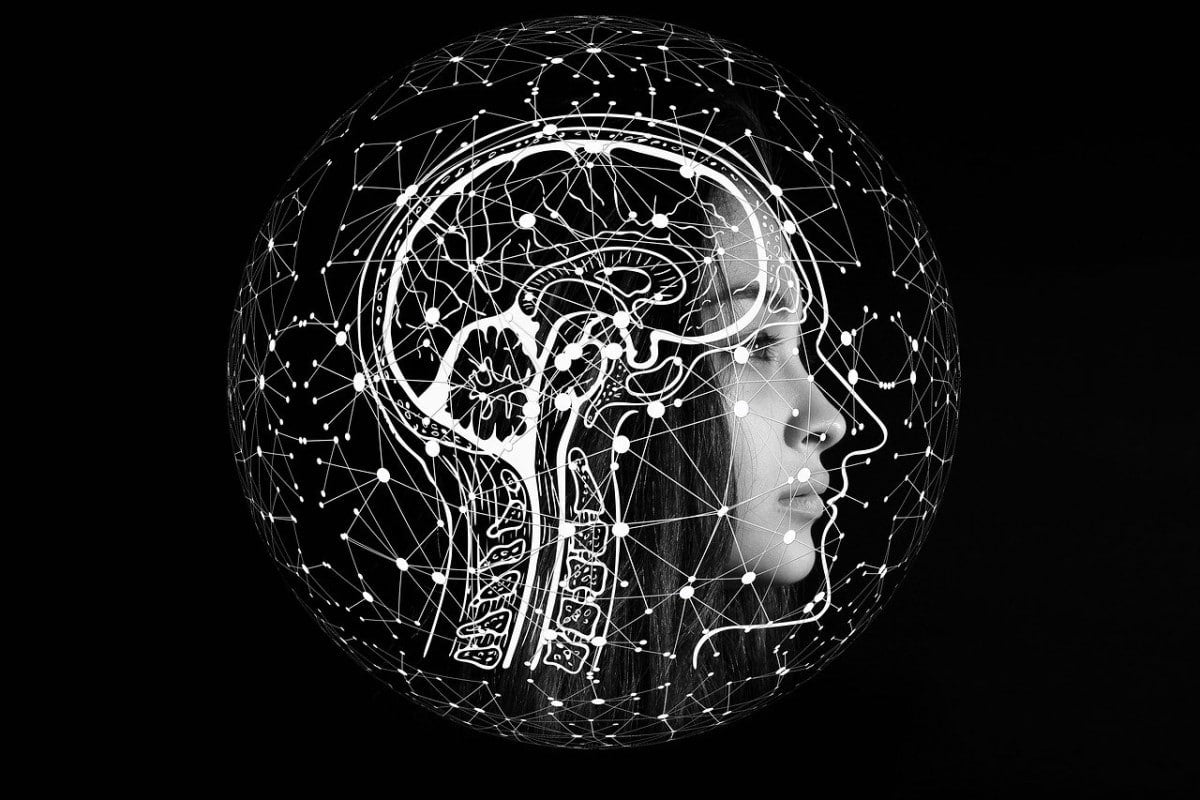![Substance P et CGRP : un duo clé dans l'inflammation neurogène]()
Substance P, CGRP's best friend
The roles of neuropeptides
Electrical stimulation of the trigeminal ganglion and superior sagittal sinus induces sterile neurogenic inflammation of the dura mater, i.e. without associated pathogenic microorganisms, with vasodilation, plasma protein extravasation, mast cell degranulation and platelet aggregation (Burstein et al. 2010; Goadsby et al. 2017). The extra-cerebral blood volume increases and neuropeptides, with strong vasodilating power, are released. There is thus an increase in the peptide related to the calcitonin gene (CGRP) in the jugular veins, in substance P, in the activating polypeptide of pituitary adenylate cyclase (PACAP) and in vasoactive intestinal peptide (VIP).
Substance P
Substance P is the first
neuropeptide to be discovered in trigeminal sensory fibers in 1931. It belongs to the tachynin family and is widely present in the peripheral and central nervous system (May and Goadsby 2001). It is involved in the regulation of mood disorders, anxiety, nausea and more particularly pain, by binding to specific endogenous NK1 receptors. It then exerts a powerful vasodilatory action and a release of bradykinin, histamine and serotonin, contributing to inflammation. Substance P resides mainly in the trigeminal C fibers where it coexists closely with CGRP (Uddman et al. 1985). Unilateral lesion of the trigeminal ganglion results in a significant ipsilateral decrease in substance P within the large blood vessels of the head (Liu-Chen, Mayberg, and Moskowitz 1983). However, it is not present in all the fibers and very quickly, the hypothesis of the involvement of other neuropeptides was put forward (Liu-Chen et al. 1984).
